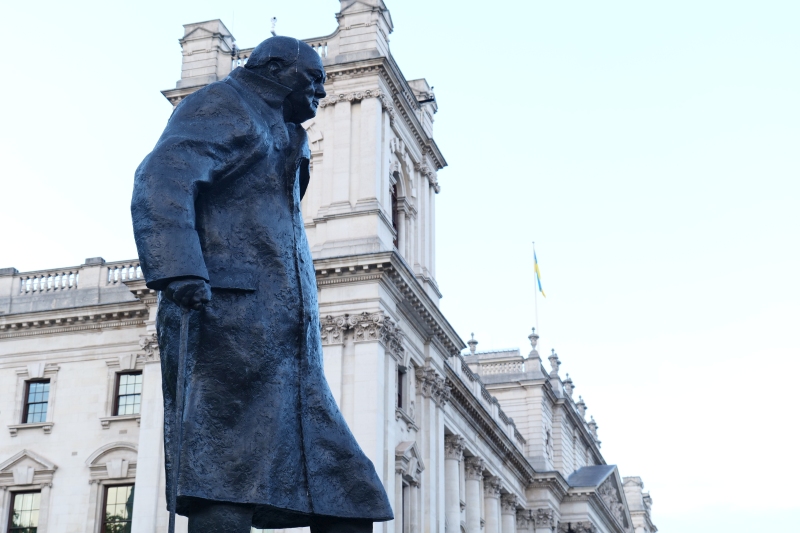The work leaders do has many facets and requires different types of skills.
Organizations can find themselves driven by the market or in a crisis. When it is the former, the leader needs to ride the wave and be able to have an efficient organization backing him or the process. What such a leader does is take the risk that the wave doesn’t move as predicted, but otherwise, the work is more one of keeping the momentum. Most often it happens by making the process as efficient as possible. In a crisis things are different and the leader will need strong survival skills, his task will be to solve the problems the crisis throws at him and his team.
Where the first of both will often be described as a manager, it is less so with the second. For him it will depend on the situation. The question will be if it calls for someone who can unite the team behind a vision or if it calls for someone who needs to help the team organize itself and structure the work. A risk here is choosing a path the team can’t accept.
Organizations can also be in a situation in which they are at a crossroads. That is a situation in which, they can see that the market they have been serving is shifting and may need less of them and their product than before, or it is a situation where they believe that they can continue to enhance their product or can adapt the market they serve. The skills needed by the leaders differ here too. When it is the latter, a plausible description of the leader’s activity is that he has to solve the problems that appear in such a way that the teams find it easy to continue to contribute to the organization and the work it does. Much of what he does will require persistence, hard work, analytical ability as well as tolerance and goodwill.
In the first situation, things are slightly different as the leader needs to transform the organization’s way of working if not its product altogether. Such leaders know that they need to step into the unknown. Thus, they have to tolerate chaos and lack of structure. They need to be willing to delay closure until they understand the issues sufficiently. But as leaders, they have an organization that needs to continue to work as well as adapt to the chaos and lack of structure the leader can offer at this stage. It’s not a fault, it’s a given in the situation and one that requires the leader’s ability to contain the anxiety that will naturally emerge in such a situation. For himself as well as for his team.
It’s a situation in which a lot of people feel the need to call for a hero leader or for a manager who reassures them with the predictability of processes and smooth organization. For the leader, it is a situation where he needs to be aware of the way he relates to power and uses it. What he needs is a way to project their ideas onto images that excite people and transform them into followers.
But if he doesn’t succeed, and depending on his relationship with power, the leader might find himself highlighting the risks of failing to act and creating a sense of urgency. In doing so he’ll generate anxiety towards the future. Something else he might do is highlight rules and punishments leading to people deciding to resist or comply. It’s a reaction that results from people’s fear of authority. Whatever these reactions are, many result from one’s upbringing and experience with authority and how, for example, education, was experienced.


